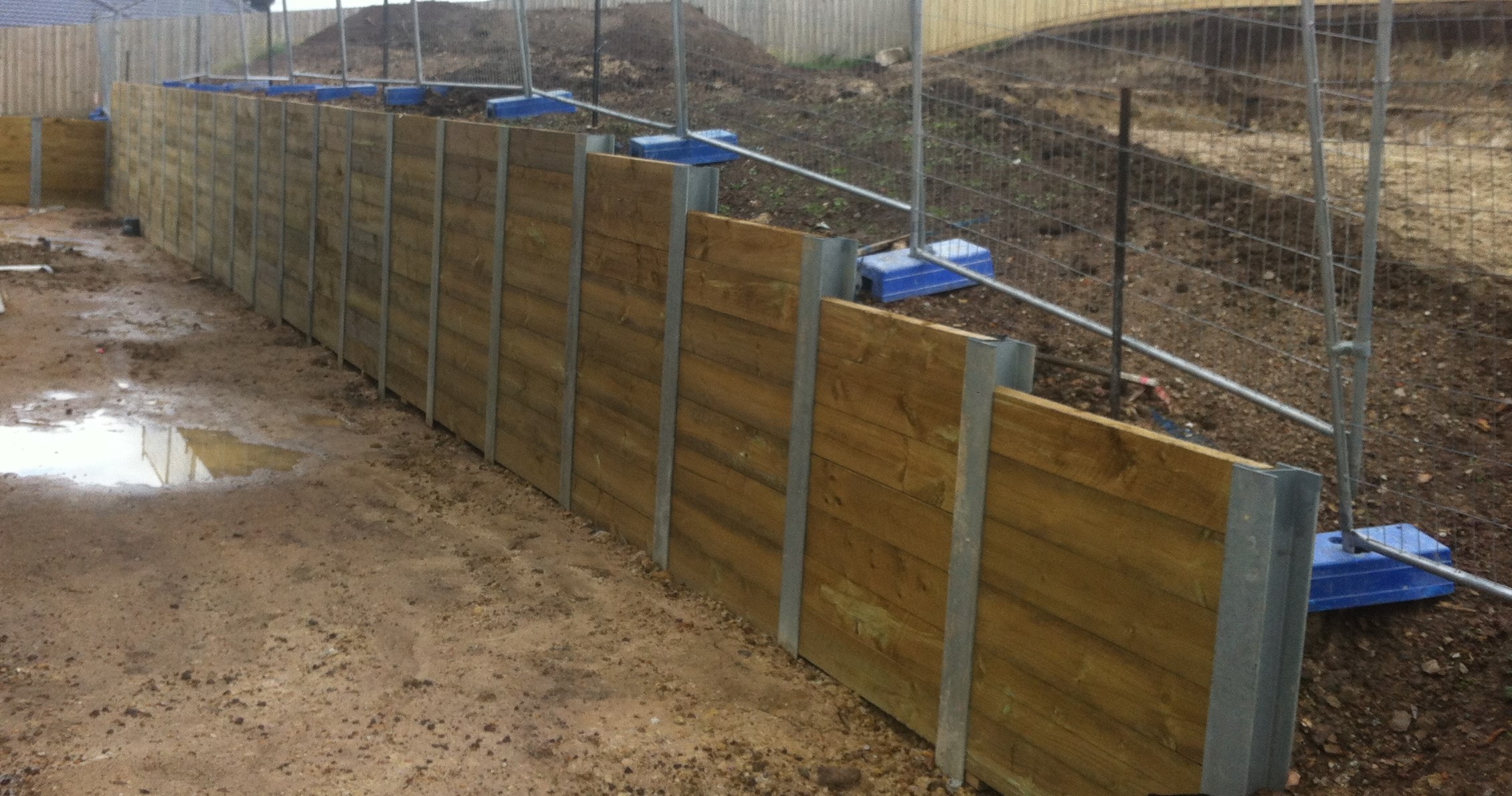
If you have a long, sloping driveway or yard, it really is probably beautiful, but without the right kind of protection, it can also be a pain in order to do anything with the yard. For instance, there is no way that a pool can be installed on a yard that's sloped. A teeter totter for the youngsters would never work right. Outbuildings wouldn't normally manage to sit properly. For this reason you see so many homes that have retaining walls around them. This is the great way to level out the property and still keep it looking excellent.
Retaining Wall - THE FACTS?
Basically, it really is any wall that supports a structure and protects it against the advancement of water or earth. There are numerous uses for these walls, including in homes for garages, to keep earth from driveways and stairways, keeping riverbanks from eroding, separating roads and highways, also to protect drivers from roadside embankments.
Construction of the Walls
There are various ways to build these walls, and the method that you build yours will actually depend on the kind of retaining wall you intend to build. There are a number of basic construction options for these walls, with popular being retaining walls made from concrete. A few of the other more popular forms of these wall construction include:
Interlocking block
Wooden
Insulated concrete form
There are all types of neat things you should use as materials for building a retaining wall. A few of the more popular styles are built with stones and/or concrete, however, many folks are getting really creative with the items they are using for his or her retaining walls. Some people use old railway ties to make really interesting looking walls.
If you are planning on building one of these brilliant walls, there are specific tools that you are going to need to have on hand. Obviously, you are likely to require a shovel or other tools that you can do some digging with. Dry Stone Walling Penistone is not a job it doesn't require a lot of labor...you are likely to have to really enter some tough work, including digging, to really get your wall built. Other tools you are going to need include a tape measure, a wheelbarrow, landscaping fabric, safety glasses and gloves, wooden stakes and string for marking off the area, a soil tamper, a level and some gravel.
There are many different versions of retaining walls, and you will choose to have yours as one that's cantilevered or anchored, or piling and gravity versions. While you are planning out how you are likely to build your wall, it is important to take many things into consideration, like the rate of flow, where water runs off the most, and drainage. You don't want to have your retaining wall holding standing water, that is not only likely to ruin the wall over time, but is also attractive to mosquitoes that carry viruses. Gravel and rocks can be used effectively to keep water from running straight into walls.
The top layer of your retaining wall should be at the very least six inches higher than the ground around it, and when you have a heavy water flow, you might want to make it even higher. It is better to be safe than sorry, and going higher might not always be necessary, nonetheless it will provide you with extra protection. Usually, retaining walls are no higher than five feet tall, and soil may be used as a great base for cantilever style retaining walls.
Proper Drainage Is Vital
After you have actually constructed your retaining wall, then it will need to be back filled on one side to make a lot of pressure, which will keep cracks from appearing in the wall and water seeping in. Additionally it is important to ensure that while you are constructing this wall that you add a proper drainage system, which will prevent certain items that are caused by water seepage, including funky green slime on the walls, efflorescence, rust from wall ties and calcium deposits.
A proper drainage system can also help to prevent some of the problems that are due to freezing and thawing, which is going to happen in the event that you live in an area where in fact the winters are cold and summers are warm. A drainage membrane installed will keep these problems from happening.
When you have an adequately built retaining wall, you might have a nicely landscaped property, without needing to worry about the damages that may be caused by running water. Browse the different varieties of retaining walls today, and decide which one is likely to be the best for your property.
